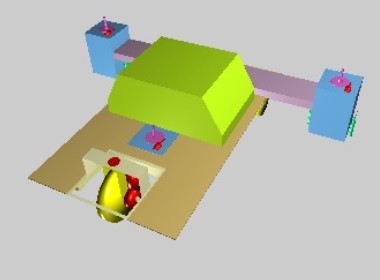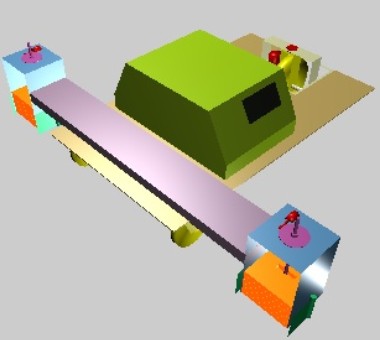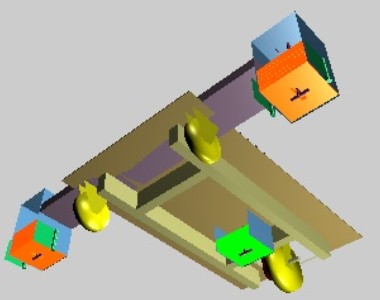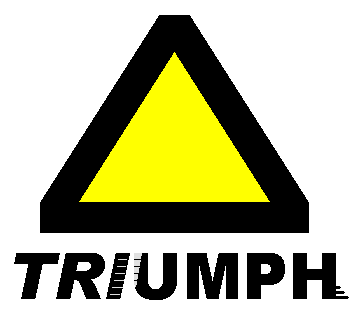
LAND MINE ROVER
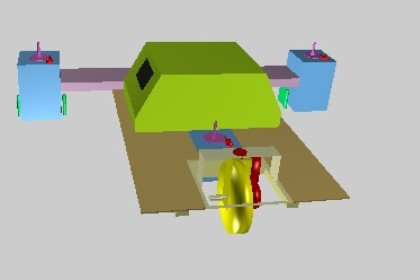 |
3 Wheels |
|
Anti-personnel land mines, originally buried in the ground by armies, maim or kill about 26000 people each year . Many of these are civilians. Our duty, then, is to prevent human suffering by clearing or marking any existing mines. This task is immense: at least 100 million mines are estimated to still exist from past wars, in at least 90 countries. The conventional method of clearing mines by hand is laborious and expensive. A trained worker, crawling along the ground, can cover only 20 to 50 square metres a day. Consequently, each mine can cost up to US$1,000 to clear. This figure demonstrates the extent of funding that governments and other agencies are contributing towards this cause. These resources could be used more efficiently in the production of automated mine-clearing machines. Various such machines are under development: some explode the mine and withstand the blast; others search for and safely mark each mine location. However, design in this genre is still in its youth, and there is much room for improvement. Objectives of the Triumph mine rover:
|
|
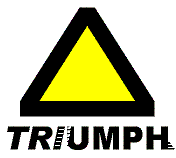
|
